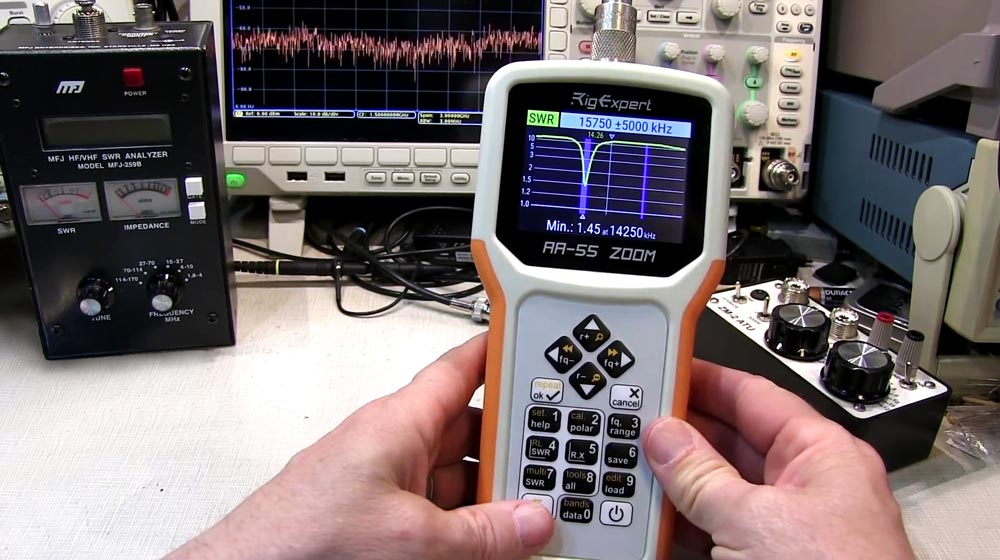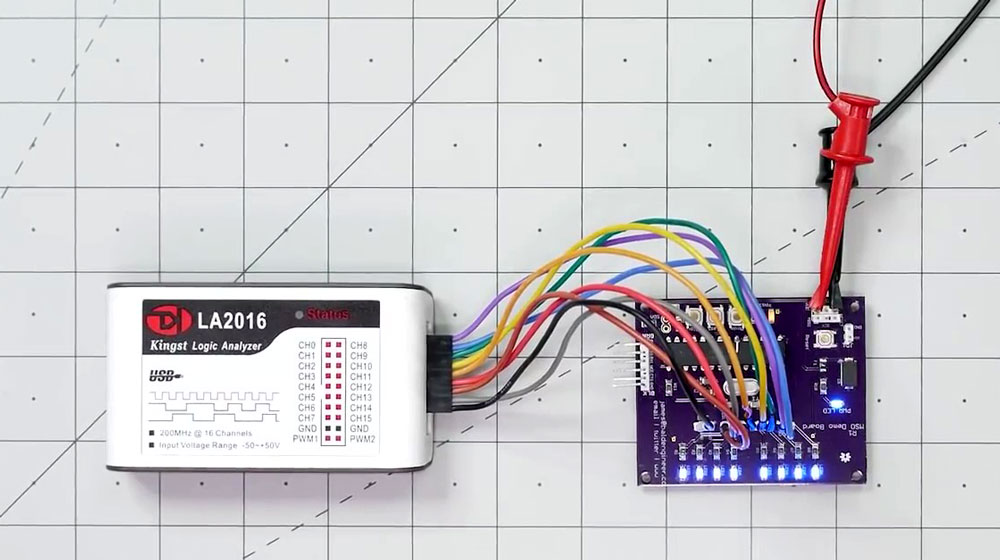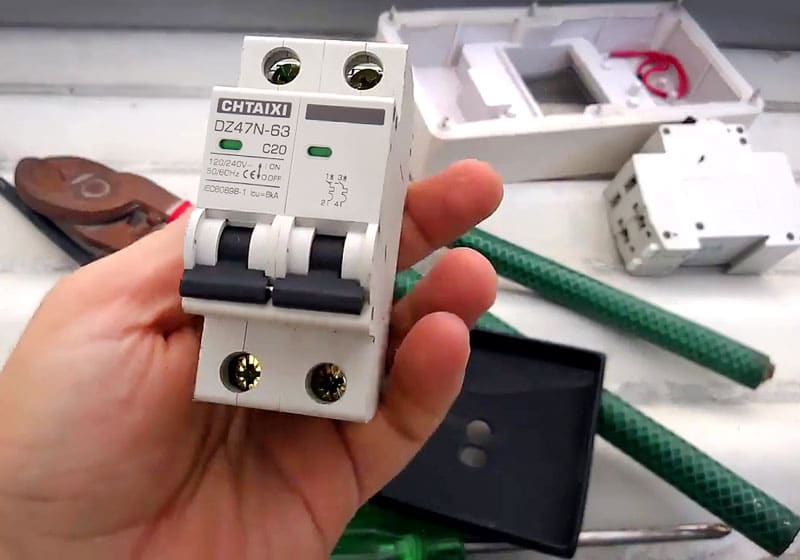
A double pole 20 amp breaker is a type of electrical circuit breaker that provides a dual-polarity connection and is typically used to protect circuits with higher amperage ratings. It works by detecting currents in the two lines it’s connected to, and if one line has too much current, the breaker will trip, which means it turns off the power supply to prevent additional electricity from flowing. This helps avoid potential damage from overloaded wires or equipment.
Double pole 20 amp breakers are commonly used in commercial applications where there are high current requirements like air conditioning systems, water heaters, and other large appliances. Since they can provide protection for both poles simultaneously, they offer double the safety compared to standard single-pole breakers.
What appliances require a 20 amp circuit?
20 amp circuits are essential for many of the appliances in a home, and understanding when you need them can help keep your home and family safe from electrical hazards. What appliances require a 20 amp circuit?
Electrical-powered items like furnaces, 240V electric dryers, cook-tops, some dishwashers, ovens and AC compressors to name a few common household necessities. In general when it comes to large power-draining household items such as these, it’s always better to have extra circuitry available so that you can divide up the heavy loads across circuits accordingly.
What’s more, this type of careful partitioning can reduce wear and tear on both the circuits and the appliance which is beneficial for all involved!
How many amps can a double pole 20 amp breaker handle?
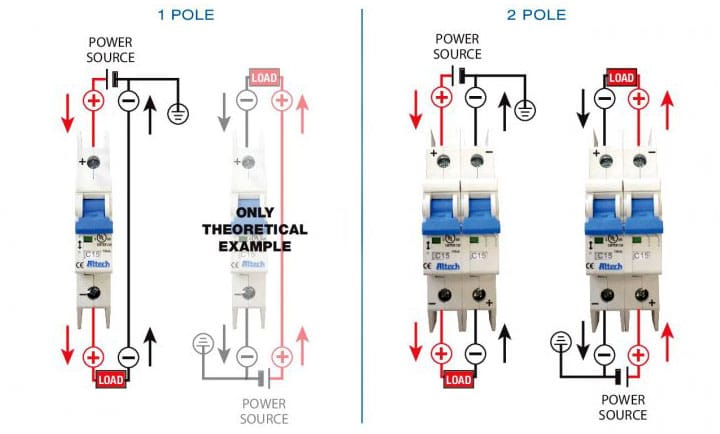
However, if either one of the lines reaches 21 amps or more (for a total of 41 or more), then the breaker will trip and shut off power to both lines. This helps prevent overload-related damage from occurring by limiting how much current can flow through each line simultaneously.
Overall, double pole 20 amp breakers are a great choice for applications that require higher amperage ratings and dual-polarity protection. They’re effective at preventing overloads from occurring and can safely handle up to 40 amps of current without tripping. If you need circuit protection in a high-demand environment, then this is the breaker you should look into.
Why would you use a double pole breaker?
A double pole breaker is a key safety feature of a circuit breaker panel. Its main function is to provide twice the amperage cutoff in order to protect multiple circuits at once.
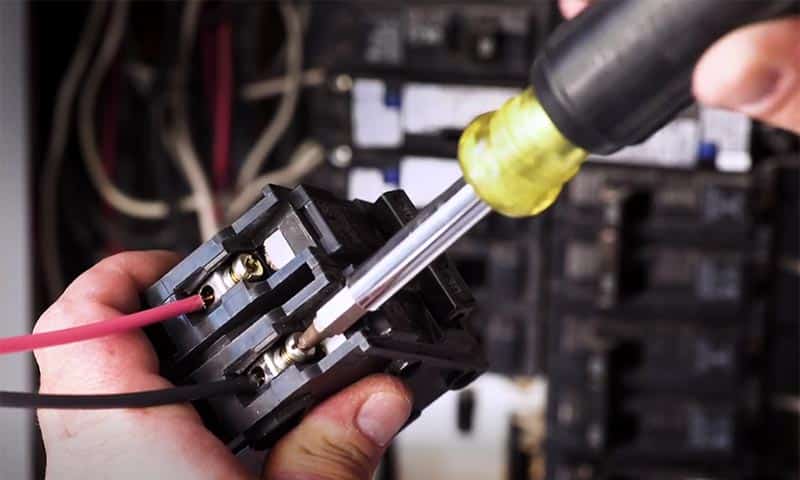
Using a double pole breaker, each circuit has its own pair of breakers working simultaneously, rather than one single pole breaker which would protect only one side of the electrical unit. This way, if any overloaded or short-circuited phase shorts out then both phases can be interrupted at once, ensuring that both sides of a circuit are disconnected and safely shut off.
Furthermore, using a double pole breaker ensures that parts remain safe from fire risks due to arcing or fires caused due to overloads on the circuit. In conclusion, using a double pole breaker is an extremely effective and easy way to keep home electrical systems running both safely and optimally.
How many rooms can you put on a 20 amp breaker?
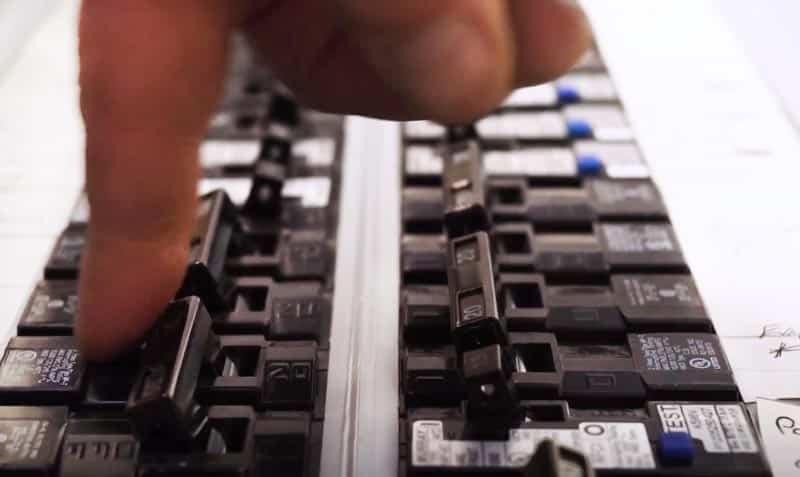
This is why it is important to understand what devices are being used in which rooms and to calculate their total current draw when planning this type of wiring project. Knowing how much electricity each device or appliance consumes helps ensure that you do not go beyond the 20 amp limit, which would have serious safety consequences.
How many loads can you put on a 20 amp breaker?
Knowing how many loads you can put on a 20 amp breaker is an important part of any home-owner or business-owner’s safety process. Generally speaking, the number of loads will depend on the size and rating of each one. Smaller items such as lights, a toaster or an extra AC unit for the bedroom will draw less power than a refrigerator or full-size oven.
That being said, it is advised that homeowners have no more than 12 loads running on a single 20 amp breaker in order to remain in line with National Electrical Code requirements. It should also be noted that this may vary depending on other factors such as wiring capacity and local electrical code enforcement authority.
Ultimately, by stressing safety first and understanding your current electrical situation, you can avoid putting too much strain on your circuit breakers and protect yourself against potential harm.
How many outlets can you run off a 20 amp breaker?
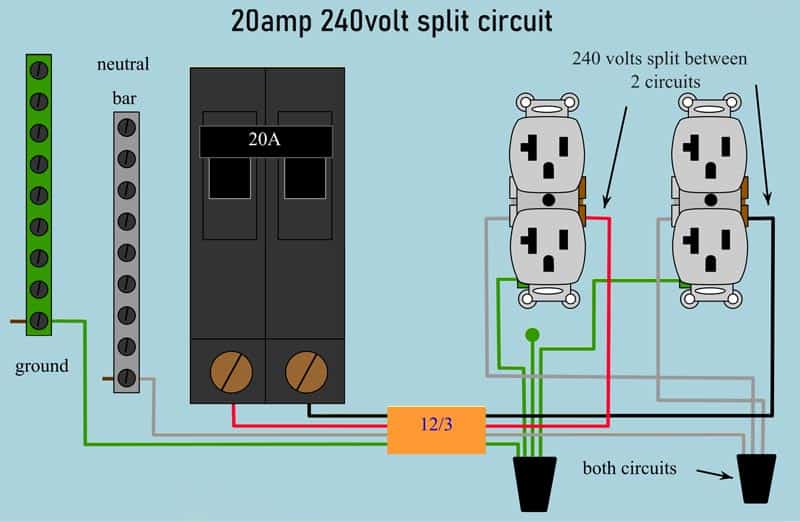
Most 15 amp breakers will only handle 8-10 outlets despite being able to handle 1,920 watts so it is important to be aware of the breaker type when assessing how many outlets you can use. You need to make sure that the number of outlets won’t exceed the limit of the breaker before connecting your devices to the circuit.
What happens if you put a 15 amp outlet on a 20 amp breaker?
Trying to put a 15 amp outlet on a 20 amp breaker can be dangerous for both you and your home. When this happens, it creates an overload that can lead to sever electrical damage. The breaker circuit is designed to handle only the amount of amps that it was specified for and when the limit is exceeded, it will trip so that the extra current won’t damage the wiring.
If a 15 amp outlet is connected to a 20 amp circuit, there will be too much electrical current flowing through the wire which could potentially cause arcing or sparks, leading to a possible fire hazard. It’s important not to mix up these two types of outlets in order to keep yourself and your home safe from unneccessary risks.
Can you mix 15 and 20 amp outlets on the same circuit?

Most homeowners probably have little to no knowledge of the electrical components found in their homes, but understanding the difference between 15 and 20 amp outlets is valuable. Although it seems like a simple layout, the decision to combine both 15 and 20 amp outlets on the same circuit can potentially pose a significant safety hazard if not undertaken with care.
Due to the fact that each of these two common plugs requires different wire sizes, certain measures must be in place before using both outlet types. In order to ensure that outlets are properly rated for their intended use and do not exceed their safe limits, homeowners should always consult a licensed electrician for professional guidance prior to embarking on any electrical work.
How many volts can you run on a 20 amp breaker?
Depending on the wire gauge, a 20 amp breaker can safely manage up to 240 volts, though it is typically used for 120 or 208 volts. This is due to the fact that, as the voltage increases on a circuit, so does the amount of current needed in order to prevent overheating and ensure safety.
For example, when running 208 volts along 14 gauge wire, the circuit can only handle around 15-20 amps before it must be upgraded. Therefore, while a 20 amp breaker can handle higher voltages, utilizing those voltages safely requires increasing the size of wiring that is in use,, making it less practical than using lower voltages.
What size wire do I need for a 20 amp breaker?
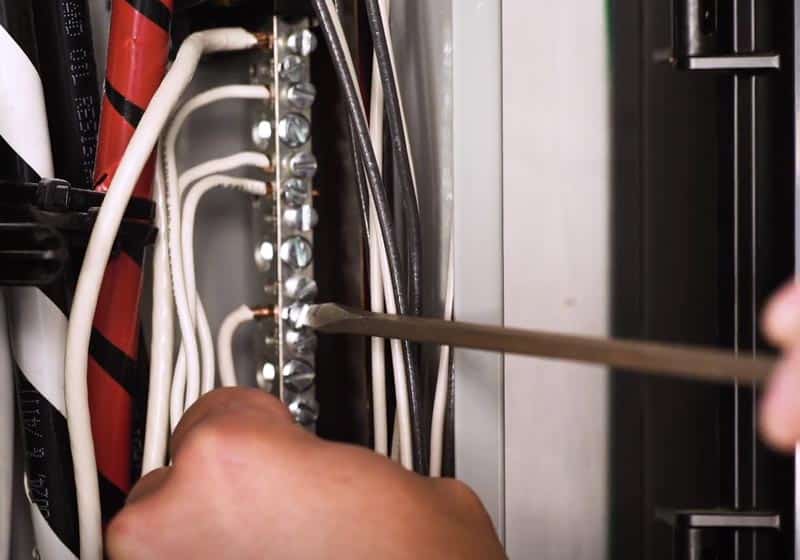
For a 20 amp breaker, a 12-gauge wire is best for circuits carrying up to 20 amps at 120 volts, while 10-gauge wire is suitable for circuits running from 20 to 30 amps at 120 volts. Using the wrong size wire can cause shorts in your circuitry or cause wires to become overloaded when appliances are plugged in.
Therefore, it’s best to always double check with an electrician or follow codes set by local building regulations before installing any electrical fixtures.
How much does it cost to install a 20 amp circuit?
Installing a 20-amp circuit can be a complicated and dangerous job, and one you should never attempt without proper knowledge and experience. While the cost of installing such a circuit is dependent on factors like labor costs and the complexity of the job, generally speaking it will likely cost anywhere between $200 to $800 for the equipment needed for installation.
This does not include the fee for a qualified electrician to do the work – that can substantially increase your total costs. If you are unsure of how to install the circuit yourself, it’s important to leave it to professionals who have experience with these types of jobs.
How does a 20 amp breaker work?
This power shut off provides an efficient method to protect your property and belongings from being damaged by excess current. By cutting the source of power, it prevents the overloaded wiring from causing sparks and other hazards that can create hazardous situations. Without this sort of protection, serious damage could be caused by any kind of electrical malfunction.
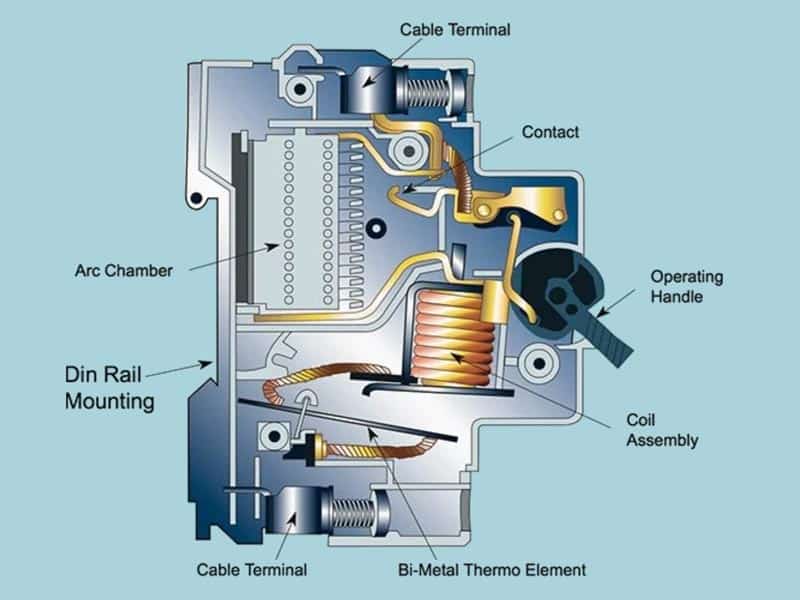
How do I install a 20 amp breaker?
Installing a 20 amp breaker is not complicated and can add to the safety of your electrical system by replacing an old or worn out device. Before beginning, be sure to shut off power from your main electrical panel. Once power is disconnected, locate your existing breaker in the panel and carefully remove it.
Next, mount the new breaker into the space where you removed the old one, and make sure that all connections are secure before turning power back on. Finally, test each connection with a simple circuit tester to ensure that your work has been done properly and everything is safe before using the newly installed breaker.
With just a few steps you can easily install your own 20 amp breaker today.
How do I wire a 20 amp breaker?
If you’re new to electrical wiring, wiring a 20 amp breaker may seem daunting. Fortunately, the process is actually quite simple and straightforward; once you understand the basics of circuitry, wiring a 20 amp breaker should take little time at all.
To start, you’ll need to make sure your breaker is compatible with your circuit. Then, begin by connecting the incoming wire from the main power source to one of the terminals on the breaker. Secure this connection using wire connectors and attach the other terminal on the breaker to the outgoing wire that goes to your appliance(s).
Once everything is in place, securely screw the breaker into its enclosure and flip its toggle switch ‘On’. With these steps completed, your 20 amp breaker should now be properly wired!
Double pole 20 amp breaker tips and tricks – Conclusion
Choosing the right 20 amp breaker for your home or business can be complicated, but there are several tips and tricks that can help to make the process easier. One helpful tip is to remember that a 20 amp breaker usually requires a 12-gauge wire size. If you are unsure which wires will require what type of circuit breakers, consulting an electrician is recommended.
Additionally, be sure not to overload a circuit by selecting too few breakers. It’s always possible to increase the number of breakers if it turns out that more circuits need to be installed than projected in the first place.
Lastly, when installing circuit breakers in their respective panels, carefully match them with the wiring diagrams on all applicable appliances and fixtures for an accurate installation process. With these 20 amp breaker tips and tricks, you’re sure to find just the right one for every job.

